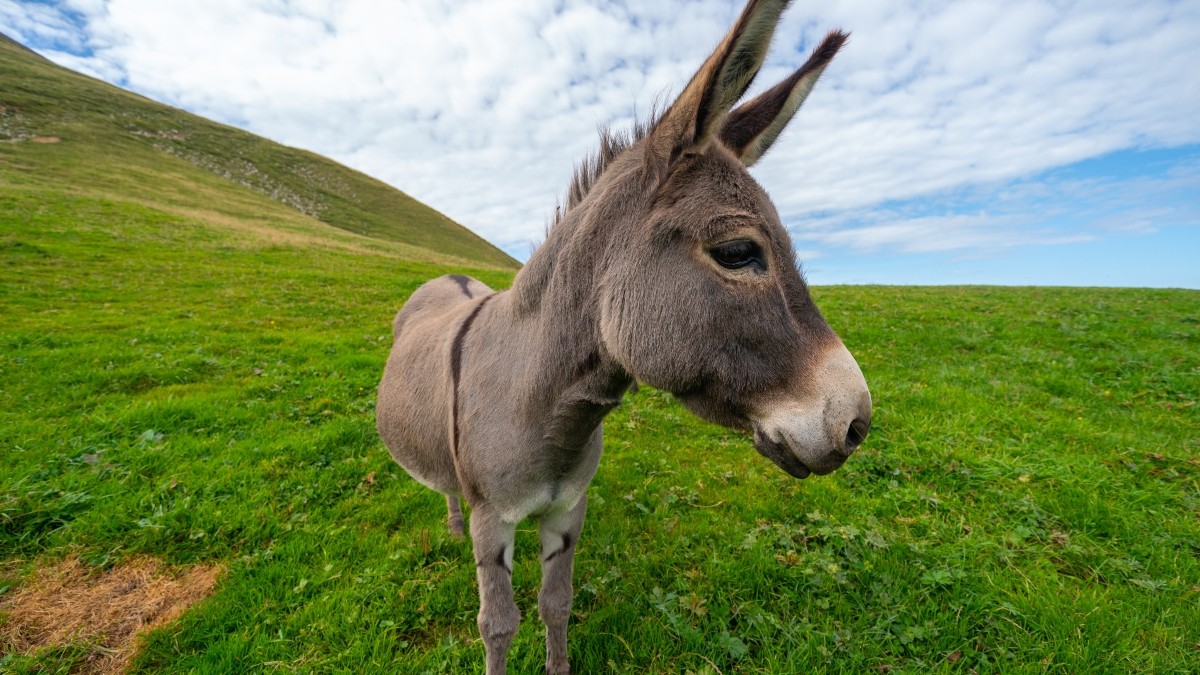Smile
England’s Largest Bird Sanctuary Expands, Welcoming More Feathered Friends!

Quick Smiles:
- England’s largest bird sanctuary expands by 33%, creating a haven for diverse birdlife.
- Geltsdale Reserve is a UNESCO Geopark, showcasing unique geological formations and abundant bird species.
- Innovative conservation techniques, like GPS-monitored fencing, are being introduced to protect the sanctuary.
In an exciting development for nature enthusiasts, England’s largest bird sanctuary, the Geltsdale Reserve, has expanded by a remarkable 33%.
This significant growth makes it a treasure trove for birdwatchers and conservationists alike.
Located in the North Pennines range of Cumbria, northern England, Geltsdale now encompasses 13,590 acres of diverse landscapes, including moorland, meadows, blanket bog, and woodland.
The reserve is managed by the Royal Society for the Protection of Birds (RSPB) and is renowned for being one of the last natural habitats for the hen harrier in Britain.
“This is going to be a reserve on a different scale from many of our other sites in England,” expressed the RSPB’s chief executive.
The expansion aims to create an unmatched abundance of species, showcasing the potential of rewilding and bird protection.
Birdwatchers visiting Geltsdale can expect to see a variety of species, including black grouse, redshank, nightjar, snipe, whinchat, curlews, ospreys, short-eared owls, and lapwings.
The reserve’s unique geographical features contribute to its charm, with a vertical rise of 650 meters from lush valley floors to moorland heights.
“Geltsdale is now the biggest in England,” noted the chief executive, emphasizing the impact of the reserve’s size.
“When you walk through the reserve during breeding season, it is incredible. The place just swarms with birdlife.”
To tackle conservation challenges, the RSPB plans to introduce innovative solutions such as GPS-monitored ‘invisible’ fencing.
The area operations manager for Cumbria and Northeast England explained that this system will work with local ranchers to protect low-flying birds like the black grouse.
Traditional wooden fencing poses a hazard, so cattle will be equipped with collars emitting tones and low-level electric shocks to keep them within boundaries.
Additionally, practices like heather burning and moorland draining have been stopped, allowing the area to return to its natural state.
This expansion not only highlights the beauty of England’s natural landscapes but also demonstrates the power of innovative conservation efforts.
As the chief executive remarked, “It is going to demonstrate what is possible when it comes to rewilding and protecting birds.”

-

 Cute Animals1 year ago
Cute Animals1 year agoPuppy Love Patrol: Service Dog Swoons Over K9 Officer Neighbor
-

 Cute Animals2 years ago
Cute Animals2 years agoHugs, Hooves, and Happiness: Newborn Donkey Steals Hearts by Demanding Affection [Video]
-

 Cute Animals2 years ago
Cute Animals2 years agoWATCH: A German Shepherd’s Surprising Parenting Instinct for Lost Ducklings!
-

 Cute Animals2 years ago
Cute Animals2 years agoPetty Pup Pulls Off Hilarious Bone Heist [Video]
-

 Heroes1 year ago
Heroes1 year agoA Lost Dog’s Bark Leads to a Lifesaving Discovery
-

 Cute Animals2 years ago
Cute Animals2 years ago“Pure Love”: Adopted Rescue Dog Can’t Hide How Grateful He Is [Video]
-

 Cute Animals2 years ago
Cute Animals2 years agoAdorable Puppy Steals Hearts After a Tiring Swim [Video]
-

 Cute Animals2 years ago
Cute Animals2 years agoTiny but Mighty: Cat with Dwarfism Becomes Internet Star as Owners Adapt Backyard for Her Comfort